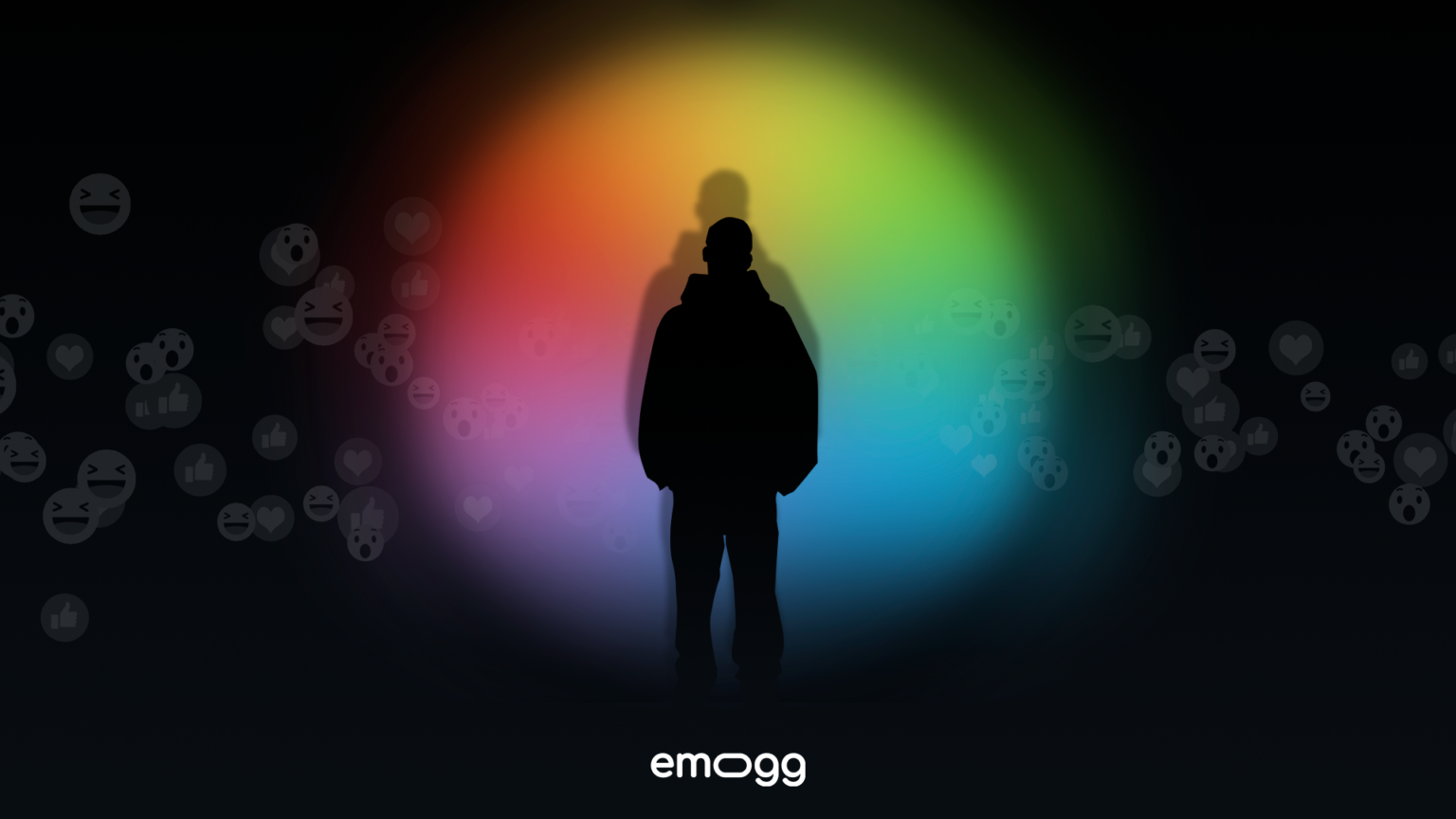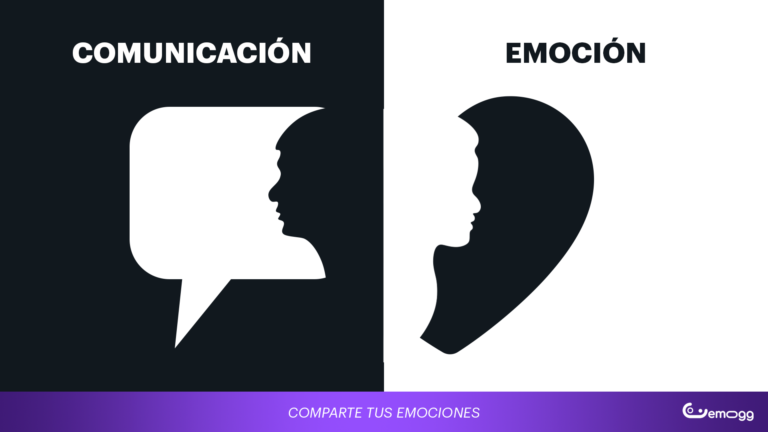Are you aware of everything you communicate? Not only to...
Do you know what emotions are?

Do you know exactly what emotions are and what they are for?
In general, there is some confusion about what emotions are and what role they play in our lives. That is the reason why it is useful to clarify this question and understand why life would not be possible without emotions.
Undoubtedly, since Daniel Goleman popularised emotions with his book Emotional Intelligence at the end of the 90s of the past century, they have occupied a relevant place in public opinion.
However, emotions remain a mystery to many people because there are questions surrounding them that are perhaps unclear. For example, what exactly are emotions; how many or how many types there are; what are they for; what is the difference between emotions, feelings, character or personality; what does it mean to manage them; what is the relationship between emotions, thought and behaviour and, above all, whether they play in our favour or against us.
I do not intend to resolve all these questions in a single article but, at least, I intend to clarify one of the most relevant questions: what emotions are and what physical and cognitive effects they have on us. We will leave the rest of the questions and some others that will arise for another time.
What are emotions?
Let’s start from the beginning: what are emotions? An emotion is the neurochemical response that certain brain centres produce when faced with an emotionally critical stimulus. Thus, each emotion, can be fear, joy or sadness, is a set of specific neurochemical responses that are produced in response to a trigger – a stimulus – that is critical for the person.
This critical stimulus can be the presence of an object or being –animated, real, imagined or remembered -capable of triggering the neurochemical emotional response.
To give a clear example, a critical stimulus might be seeing or imagining a snake, an attractive person, a child crying, or your favourite team scoring a winning goal in the 94th minute of the Champions League final.
Therefore, one of the relevant issues here is that what for one person may be a critical stimulus, for another may be an irrelevant stimulus that does not provoke any kind of emotional reaction.
What happens in our body and mind when an emotion is generated?
Every part of our body – and I don’t just mean our limbs or our head, but above all our blood pressure, intracellular pH, heart rate, breathing patterns, etc. – is represented or mapped in our brain.
It would be useful as a simile to imagine a large electricity supply and control centre, in which there would be a huge panel with all the electricity stations in a country, so that we could have information, millisecond by millisecond, on the state of operation of each of these stations, the existing flow of electricity, the changes in these flows of electricity, etc.
Continuing with the simile, in our brain there are different “panels” that allow us to have constant information on the different biophysical parameters necessary for life. All this register of information gives our brain a perception of the state of our own body.
When an emotionally critical stimulus produces an emotional response in us, the result is a temporary biochemical and physiological change in the internal state of the body that is registered in these brain structures in charge of internal mapping. There is then a change in the way we perceive ourselves and this change generates bodily and cognitive responses – thoughts – congruent with the emotion we are experiencing.
For example, if we watch a scary movie or play a scary video game, the levels of adrenaline, noradrenaline and cortisol – the neurotransmitters of stress – will change and these changes will begin to produce effects in every cell and structure of our body. Thus, the blood supply to our skeletal muscles will increase, our breathing will become superficial and faster, our pupils will constrict to increase our visual acuity, muscle tension and hearing will increase, and so on.
In other words, in this case, the emotion of fear that we feel will generate physical changes that will prepare our body to respond to the stimulus; we will either fight, flee or become paralysed.
But there is more; we will then begin to generate thoughts congruent with the emotion of fear that we are feeling, so it is possible that we will generate mental images in which we see ourselves running away or perhaps we will generate an internal dialogue in which we say things like “I am in danger” or “I am not getting out of this” or “I have to do something”.
In other words, the way we think at that moment will have to do with the type of emotion we are feeling. Therefore, there is congruence between the emotions we feel and the thoughts we generate.
In the end, all these physical-cognitive consequences derived from the emotion “fear” create a set of responses in the form of a pattern, which the person himself perceives as feature of the emotion fear.
To summarise this article, what should be clear is that emotions are automatic neurochemical responses of our brain to critical stimuli. These responses generate physical changes that produce behaviours and thoughts congruent with the emotion.
One of the clear learnings to keep in mind is that there is a close relationship between what we feel, what we think and what we do, so that the three spheres condition each other.
So, as you know, simply forcing a smile for long enough – behaviour – will generate happy thoughts – cognitive response – and make you feel happy – emotion. You see, this simple trick may save you hours of therapy.
Some other time I will address the rest of the questions I raised at the beginning of the article.
See you again.
Óscar Fernández Orellana
Psychologist and Coach.
Director of Interacción Humana and the podcast “Créeme lo que te digo”.
https://interaccionhumana.es/

28/04/2021
SHARING IS CARING
Train Your Emotions
How can I train my emotions? For any learning we...
Body and Emotions
Emotions are closely associated with the body, because each one...


